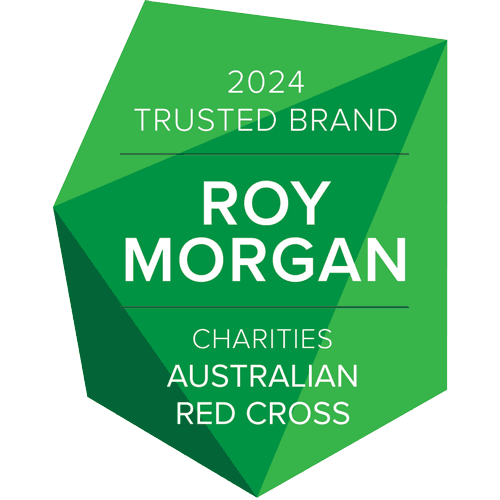What is a second wave and how your actions can stop one in Australia
This is no time to take off the parachute, stay focused to help stop a second wave of COVID-19
by National Resilience Advisor John Richardson and Health Technical Lead Dr Lisa Natoli

With the curve flattened, and governments easing restrictions on what we can and can’t do, we rightfully can give ourselves a round of applause for the great work that we have done to date. In Australia we look to be well placed to manage the challenges of the COVID-19 pandemic that lie ahead.
But we still have some distance to go.
For those that like sports, you can’t predict the result of the game from the half time score, and for those that like a good novel, you don’t know how it is going to end at chapter 5.
The analogy of the parachute is a good one
Opening the chute slows the jumper’s descent so that they can land safely. Nobody in their right mind would take off their chute a few 100 metres above the ground. In this vein, authorities are easing off restrictions slowly – observing how things go and adjusting responses accordingly.
The easing of restrictions doesn’t mean we’ve landed safely yet. More than ever we need to stay focussed to keep the virus at bay.
Why are we concerned?
History and our experience of managing epidemics tells us that pandemics can occur in multiple waves.
In fact, the second wave of a pandemic can be more deadly than the first, as was the case with the 1918 Spanish Flu.
What can we do?
Because we have been so successful at controlling COVID-19 this far it is tempting to think, "I don’t really have to do this now", but we have to remember that COVID-19 is highly contagious.
Now as much as ever we need to keep following the advice of our health authorities. We also need to closely watch what happens in other countries that are easing restrictions and learn from them.
What you can do to help prevent a second wave
- Continue to practise good hygiene and physical distancing.
- Keep looking out and supporting each other, using our tips.
- Plan out your next few months with the view that life will not be back to normal for sometime. You need to keep up the routines and regimes you have developed to help manage through the pandemic.
- Keep up your social connections with family, friends and those more at risk and isolated.
- Think about how you might plan to return to work, get back to playing sports, and your other activities, when the green light is given. What will you be allowed to do? What will you do differently? What habits will you maintain, for example will you working from home more, shop locally, ride your bike to work or for local errands?
- Be positive and remind yourself that you are playing a part in managing one of the greatest threats the world has experienced for two generations.
Why do second waves happen?
Infectious diseases spread via contact between infectious people and susceptible people (those who are not immune to a disease and therefore at risk of getting it). In the absence of any control measures, an outbreak will grow as long as each person with the disease passes it on to more than one other person.
If people who recover become immune to the disease, the number of immune people increases. Once enough people are immune, the tipping point is reached, and the outbreak fades away. Vaccines are another way to build population immunity and leave fewer people susceptible to infection.
When an outbreak is quickly brought under control by physical distancing and other public health measures, only a small proportion of the population will have been infected and gained immunity.
In the case of COVID-19 we still aren’t sure whether infection from the virus brings long term immunity. To date, there have been less than 15,000 confirmed cases of COVID-19 in Australia – among a population of around 25 million. Until widespread immunity is achieved, or the virus is eradicated, there will be enough susceptible people to fuel a second wave of cases when restrictions are relaxed.
Looking after yourself and others
Charity donations of $2 or more to Australian Red Cross may be tax deductible in Australia. Site protected by Google Invisible reCAPTCHA. © Australian Red Cross 2025. ABN 50 169 561 394
